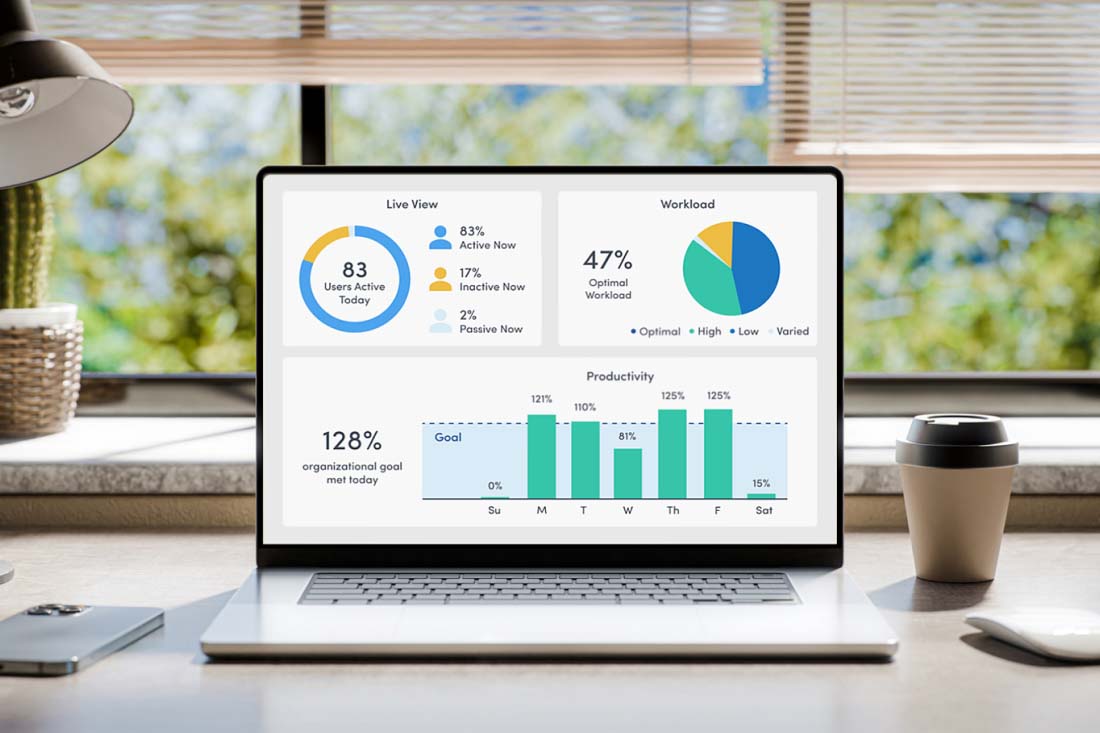It’s prediction season in the tech industry, and the workforce analytics space is no different. This year, we’ve polled our exec team to weigh in on the hot topics and trends that will influence how business leaders, HR and IT organizations set the stage for success in the new year.
To kick things off with a word from ActivTrak CEO, Rita Selvaggi, “In 2022 organizations dealt with challenging economic, labor and workforce dynamics, but also gained new lessons and insights that improve digital work. I’m confident that in 2023 these insights will lead us to new best practices that help employers and employees work better together to realize their full potential.”
And without further ado, here are our Top Ten Predictions for the Future of Work in 2023:
Tight labor markets will remain. Nearly 2M fewer professionals immigrated to the US as a result of the pandemic. Combined with overall demographic shifts, that means today’s tight labor markets aren’t going away. Companies must arm employees with the tools and processes to be as effective as possible, while empowering them to be self-aware and set limits and goals that ensure well-being.
Sustainable productivity will become the shared goal. This is the Goldilocks compromise between employee work-life harmonization and employers’ need for high output to achieve business outcomes. One measure of success will be defined by women returning to the workforce after dropping out during the pandemic, bringing their considerable talents and leadership skills to companies that foster flexible work environments.
Focus and collaboration will emerge as key productivity metrics. New metrics for success will help companies survive and thrive in the new year. Focus time and collaboration time will emerge as the new foundational measures of productive work for knowledge workers — replacing total hours worked, pure outcomes measures and “presence” in offices — and will be the primary metrics contributing to outcomes-based performance goals.
The 9 to 5, Monday-Friday work week will be the exception, not the norm. Employee preferences will drive labor market trends resulting in increased flexibility well beyond work location, and organizations will adopt more creative and innovative ways to employ employees on a part-and full-time basis — compensating for just-in-time skill sets when needed, and moving away from them when they’re not. People who want to work less, will — and vice versa. Employers will get less hung up on trying to get everyone to work the same amount at the same time, and start adapting to preferences as a trade-off for getting the skills they need.
Workforce analytics will become as ubiquitous as LinkedIn. In 2003, early adopters of LinkedIn worried employers would see their resumes online and it would negatively impact their current job or position. Today, Linkedin is ubiquitous, transparent and trusted by individuals and employers alike. Workforce analytics will become just as ubiquitous as companies seek to understand how work is done and better support employees by streamlining processes, ensuring new tools are truly helpful, and more. Until then, companies that adopt workforce analytics will have an unfair advantage, while those that choose to wait for LinkedIn ubiquity will lag and fall behind.
And there’s more….
To read our full list of 2023 predictions, please visit the press release published today.





